Last Updated on November 14, 2025
Yes, solar panels can be installed on concrete roofs but you need to consider how they are mounted. Apart from this, concrete or flat roofs make a viable option for home and business owners in the UK.
Tiled and flat concrete roofs offer a sturdy and durable base for solar panel installation and are often easier to install when compared to other roof structures. A roof with a rise of 0.25 inches over a 12-inch run (a.k.a. 0.25:12 pitch roof) is considered a flat roof and is also referred to as a low-pitch or low slope application roof.
In this guide, we’ll explore how solar panels are installed on concrete roofs, the costs involved, the factors to consider before installation and the benefits of using concrete roof structures for renewable energy generation.
Contents
How Are Solar Panels Installed On Concrete Roofs?
How solar panels are installed on concrete roofs depends on whether the roof structure is flat or covered with concrete tiles. Certified solar panel installers (registered with the Microgeneration Certification Scheme) must install your solar PV system to ensure it fits correctly and is securely positioned to capture the maximum amount of sunlight.
Here’s a breakdown of both types of solar installations:
1. Flat roof
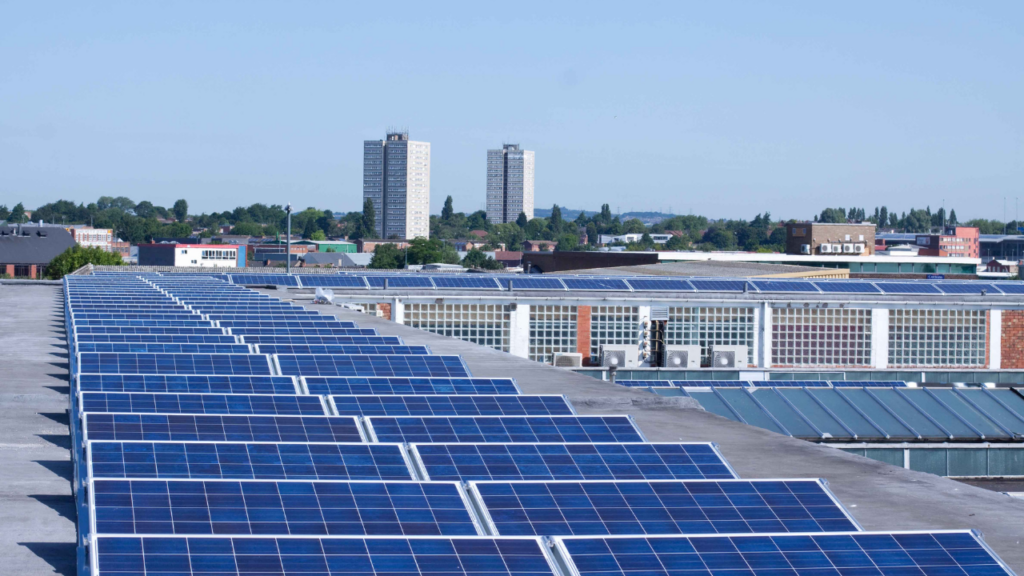
Concrete roofs are naturally waterproof and it’s best to avoid drilling holes in these structures to prevent water infiltration, dampness and leaks.
Ballast system
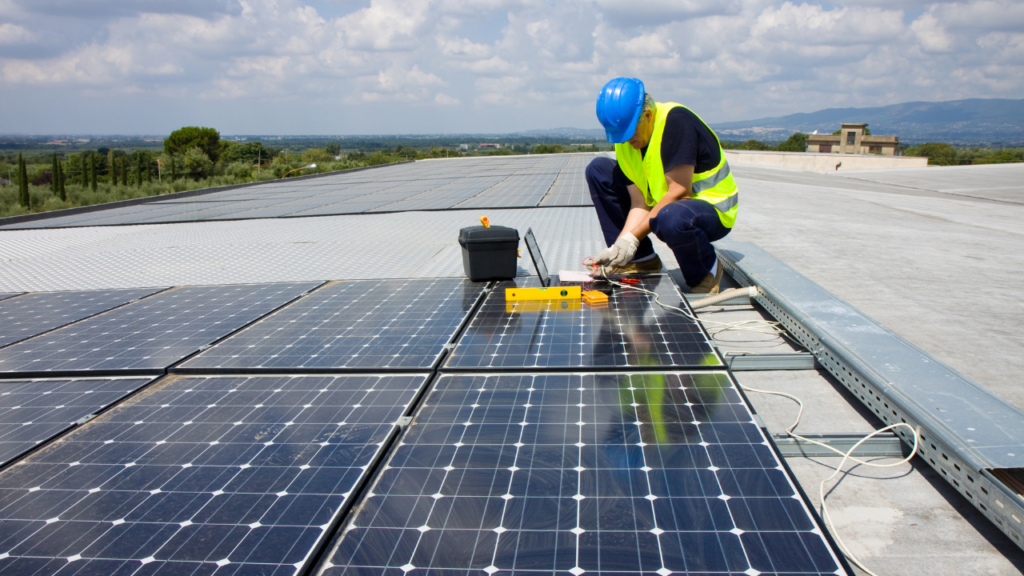
A ballast system secures solar panels in place without penetrating the roof surface. Since flat roofs lack the angle of sloped roofs, ballast systems rely on cement blocks (or other heavy-weighted items) to keep the solar panels in place. The panels are secured onto mounting systems with rails and brackets and the ballast anchors the solar panels in place.
Ballasts are typically around £60 to £120 per kilowatt to install but pricing varies depending on the size and type of solar panel system you opt for.
While the racking system sits flush on the flat roof, the solar panels are often angled (10 – 15 degrees) to capture the most sunlight. This angle also prevents rain or snow from accumulating on the panel surface. However, angled panels cast a shadow on other panels, hindering electricity generation.
There are two main types of ballast systems:
- Railed
- Easier to install
- More expensive
- Heavy-duty and durable
- Best for European countries
- Railless
- Complex installation
- Cheaper
- Less robust but still stable
- Best for areas in America
Note: Ballast systems weigh around 80 kg per panel.
Angled system
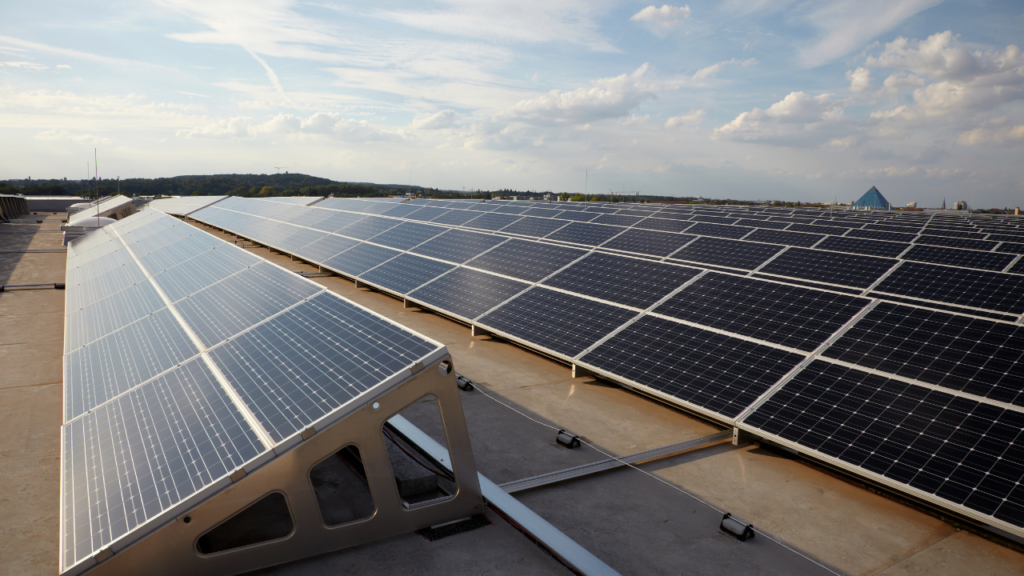
Since optimal energy production relies on proper sun exposure, angled metal frames are used to tilt the solar panels on flat roofs. While similar to ballast systems in terms of functionality, angled systems are secured to the flat roof itself and not onto the solar panel frame.
- Concrete pavers, blocks or lintels are placed on the roof surface.
- Vertical threaded rods are drilled into these structures where the solar panel frame is fitted.
- The angled system is then connected to the rods.
- Panels are installed per the manufacturer’s guide. Angles are offered in 10, 15, 20, 25, and 30 degrees.
There are two main types of angled systems:
- Railed
- Portrait orientation
- Panels are installed at a fixed angle (collectively)
- Cheaper to install
- Railless
- Landscape orientation
- Panels are individually installed (allowing for independent angle adjustments)
- Pricier to install
2. Concrete tiles roof
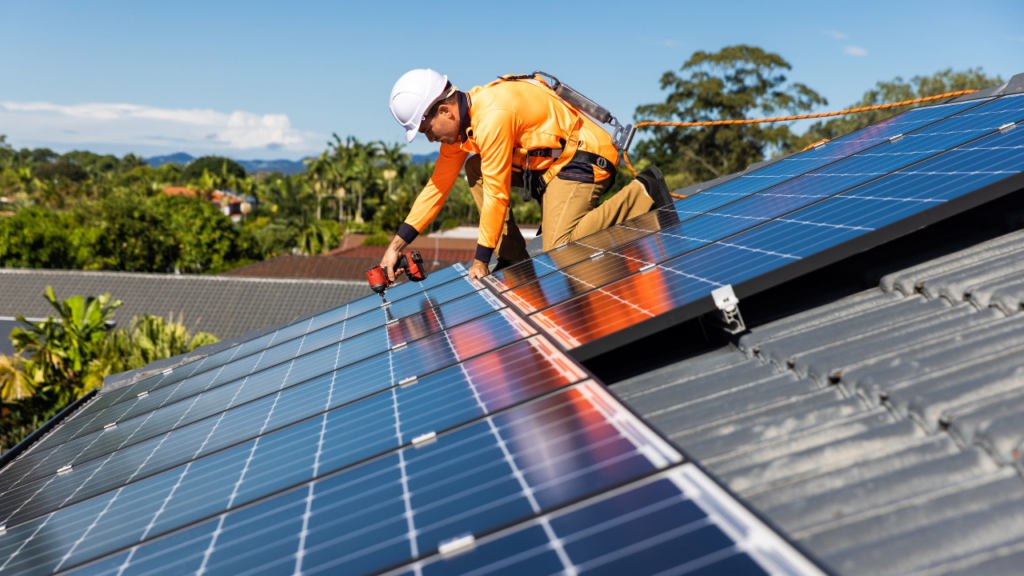
Concrete tiles are the second most durable roof material in the UK, lasting between 40 and 75 years. Here is how the installation process works for this type of roof surface:
Tile removal and replacement
This is the most common installation method and usually takes a fair amount of time to complete.
- Installers carefully remove a section of the tiles to fit attachment points (using stainless steel brackets) for the racking system that the solar panel “clips” into.
- The bracket foot is fitted perpendicular to the tile and is drilled (i.e. secured) into the wooden raft beams underneath.
- An angle grinder is often used to cut out a small section of the tile to make space for the bracket.
- The concrete tiles are repositioned and painted with a waterproofing coating (to avoid leaks).
- The solar panel system is installed onto the racking or mounting system.
Adhesive mounting
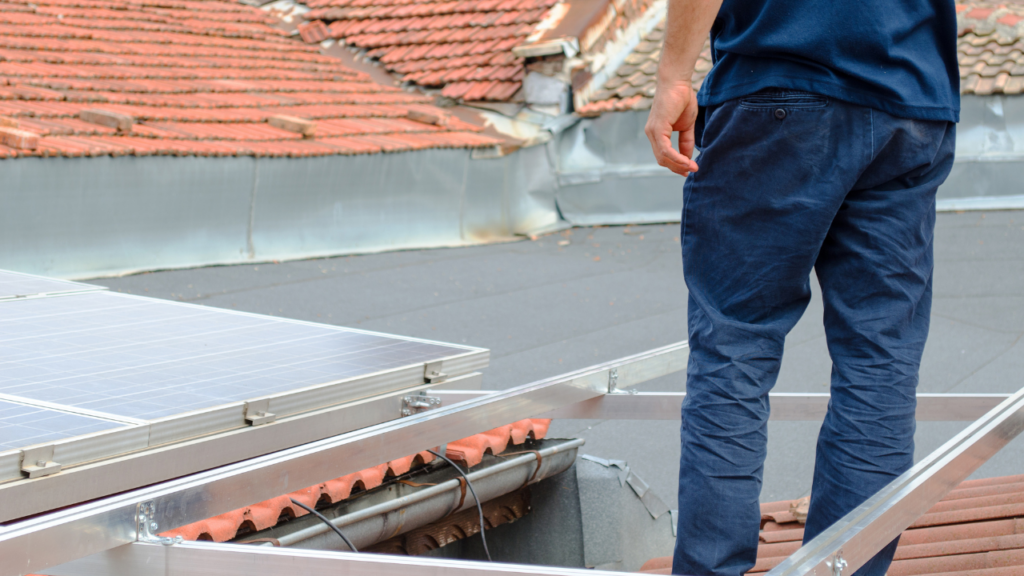
This installation process is quicker than the above method and avoids removing and drilling holes into the tiles.
A special adhesive secures the racking system directly on top of the tiles. However, this method is less common and depends on the weight of the solar panels and weather conditions in your area (e.g. is not suitable for windy areas).
Note: You must obtain the necessary permits from local authorities and councils before installing solar panels on your roof. Generally, you won’t need planning permission to install solar panels on domestic residences (provided they are not visible from the road); however, you would need permission for commercial properties.
What’s the best angle for flat roof solar panels?
30° is typically the best angle for flat roof solar panels.
Solar panels work differently in different parts of the UK. The best angle of solar panels is determined if rooftops are north or south-facing, as the latter naturally capture more sunlight.
Let’s take a closer look:
| Solar panel angle | Average solar energy exposure |
|---|---|
| 0° (flat solar panels) | 90% |
| 30° | 86% – 100% |
| 40° | 84% – 100% |
| 50° | 78% – 97% |
| 60° | 74% – 93% |
| 70° | 69% – 87% |
Note: 100% is the ideal amount of sunlight the panels can capture and does not refer to efficiency.
How Long Does It Take to Install Solar Panels On A Concrete Roof?
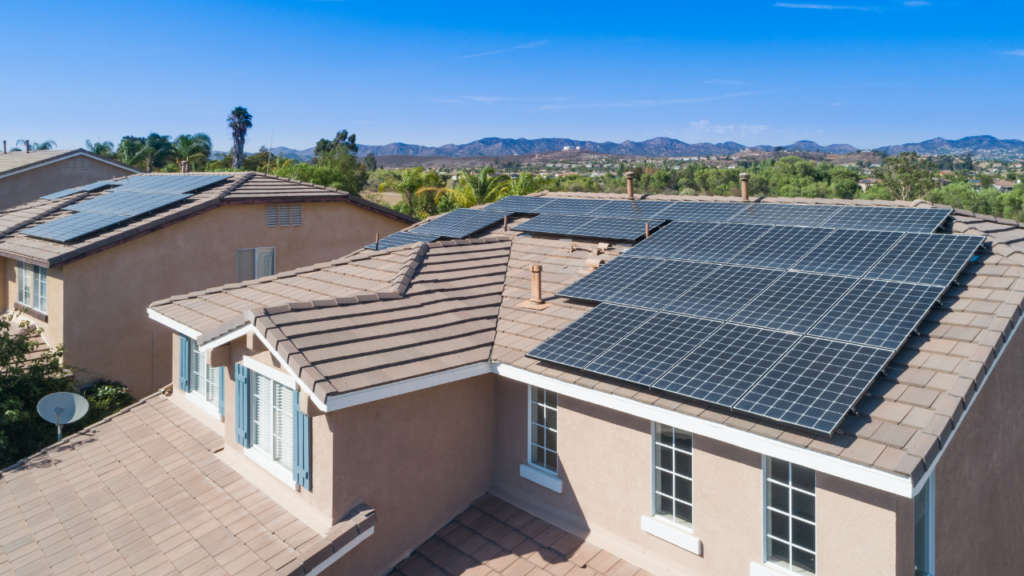
Solar installation time frames vary as the size of the roof and the number of panels installed need to be considered.
As an estimate:
- A typical domestic solar panel installation takes two to three days.
- If scaffolding is used, it is installed about four days beforehand.
- Your electricity supply will be turned off for an hour or two when all solar panels are connected.
- Bigger solar systems will take longer to install when compared to smaller systems.
As mentioned, the duration depends on several factors, such as:
- Size of the roof.
- Complexity of solar panel system.
- The number of solar PV panels installed.
- Roof type (tiled vs flat).
- The number of solar panel installers on site.
How Much Does It Cost To Install Solar Panels On Concrete Roof?
According to the Energy Saving Trust, the average price for one 350 W solar panel is between £150 and £300. An average 3.5 kW solar panel system – with around 10 panels with 350 W – costs roughly £7,000 with installation.
A solar installation for a two- to three-bedroom house (with a flat roof) will cost between £9,000 and £12,500. This price generally includes the solar and ballast mounting panels. Most UK homes of this size need a 3 kW – 4 kW system.
Residential
Here’s a breakdown of various solar installation costs vs property size:
| House Size | Solar Panel kW Output | Solar System Cost | Ballast Cost | Average Installation Cost |
|---|---|---|---|---|
| 1 – 2 bed | 2 kW | £5,000 – £6,000 | £300 – £600 | £5,300 – £6,620 |
| 1 – 2 bed | 3 kW | £7,000 – £8,000 | £420 – £840 | £7,420 – £8,840 |
| 2 – 3 bed | 4 kW | £9,000 – £10,000 | £600 – £1,200 | £9,600 – £11,200 |
| 2 – 3 bed | 5 kW | £11,000 – £12,000 | £720 – £1,440 | £11,150 – £13,440 |
| 4 – 5 bed | 6 kW | £12,000 – £13,000 | £900 – £1,600 | £12,900 – £14,600 |
Pricing updated May 2024. Based on 400W – 450W panels per ballast.
Note: New solar batteries cost between £3,000 and £9,000, depending on size, brand and model.
Commercial
On average, small to medium-sized UK businesses need 5 kW – 9 kW of solar power. Large commercial installations, like manufacturing and warehousing, need a 25 kW – 200 kW system.
Qualified solar installers will advise which size system you need, based on the nature of your business and your annual energy consumption.
For instance, a medium-sized restaurant will need more solar power (i.e. more solar panels) than a medium-sized beauty shop due to the equipment used (e.g. industrial ovens, etc).
Here’s a breakdown of solar panel systems for commercial properties:
| Solar Panel kW Output | Average Price (with installation) |
|---|---|
| 5 – 9 kW | £8,000 – £14,000 |
| 10 kW | £15,000 – £16,500 |
| 25 kW | £40,000 – £45,000 |
| 50 kW | £70,000 – £75,000 |
Pricing updated May 2024.
What impacts solar technology installation costs?
Several factors come into play when pricing is determined for installing solar panels. These include:
- Solar system size (i.e. power output or kW).
- Number of panels installed.
- Roof type/roof materials (flat roof vs concrete tiles).
- Solar system brand – higher quality systems are more expensive.
- Location of solar panel placement – is your roof easy to access? Do you need scaffolding?
- Labour costs (including the number of solar installers needed).
Get A Solar Panel Installation Quote Today
Are you ready to install solar panels on your concrete tiled or flat roof? Then look no further than Eco Happy.
Our professional, nationwide, MCS-certified team are adept at installing solar panels on various roof types, from flat concrete to high-pitch – and everything in between. We’ll provide expert advice on which solar system is best suited to your residential or commercial building.
Simply fill in the quick online form and we’ll provide a no-obligation, free solar panel quote in just a few clicks.
FAQs
Are there grants available for solar panel installations in the UK?
Yes, several government-backed funding initiatives are available for solar panel installations in the UK. These funding schemes aim to combat fuel poverty in low-income homes and allow eligible applicants to make green home improvements, such as boiler upgrades, heat pumps and solar power installations.
Some of these grants include:
- ECO 4 Scheme – for England and Wales
- Home Energy Scotland Grant and Loan – for Scotland
- Sustainable Energy Programme – for Northern Ireland
Will I save money with solar panels in the UK?
Yes, an average 3-bed UK home can potentially save between £440 and £1,005 per year with solar panels. However, breaking even on your investment can take up to 14 years for a 4 kW system.
Which roof is not suitable for solar panels?
A north-facing roof is not suitable for installing solar panels as it receives the least sunlight.
Our Verdict
Installing solar panels on a concrete roof is a rewarding investment, offering reduced energy bills and a lower carbon footprint. Whether you have a flat roof which requires a ballast system or a concrete tiled roof where solar tiles can be integrated, solar power is the way to go.
This guide has explored various installation methods along with price points and alternative options to consider. Remember to consult with a professional installer, like Eco Happy, before you embark on your renewable energy journey. Our expert team will guide you through the entire installation process and will determine the best solution suited to your concrete roof and energy needs.



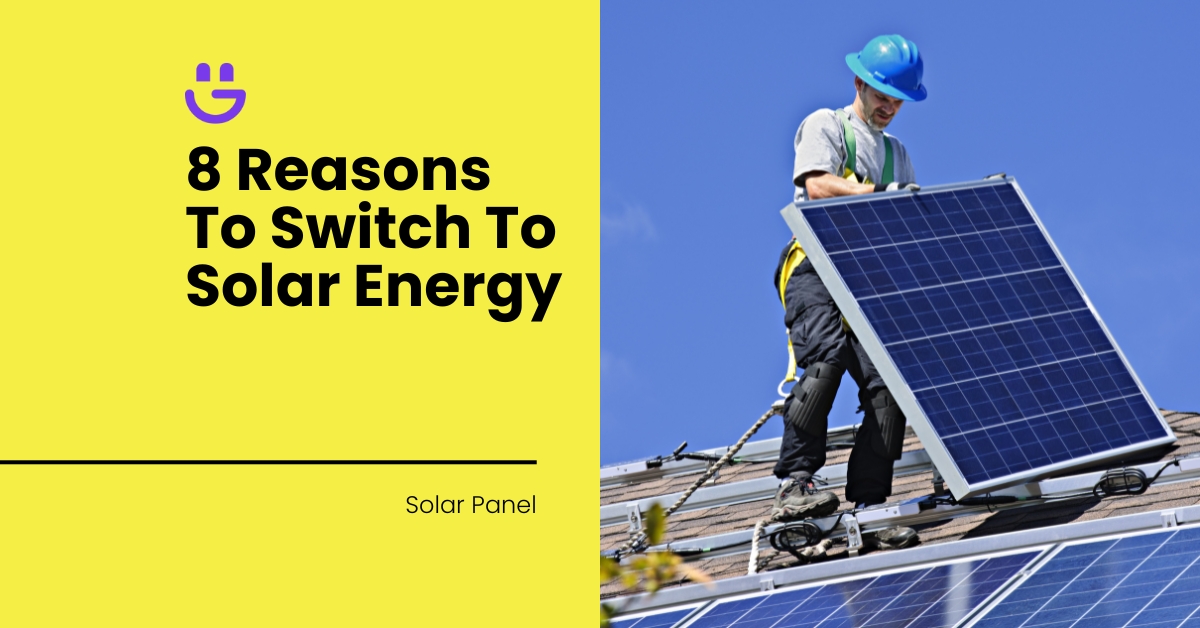
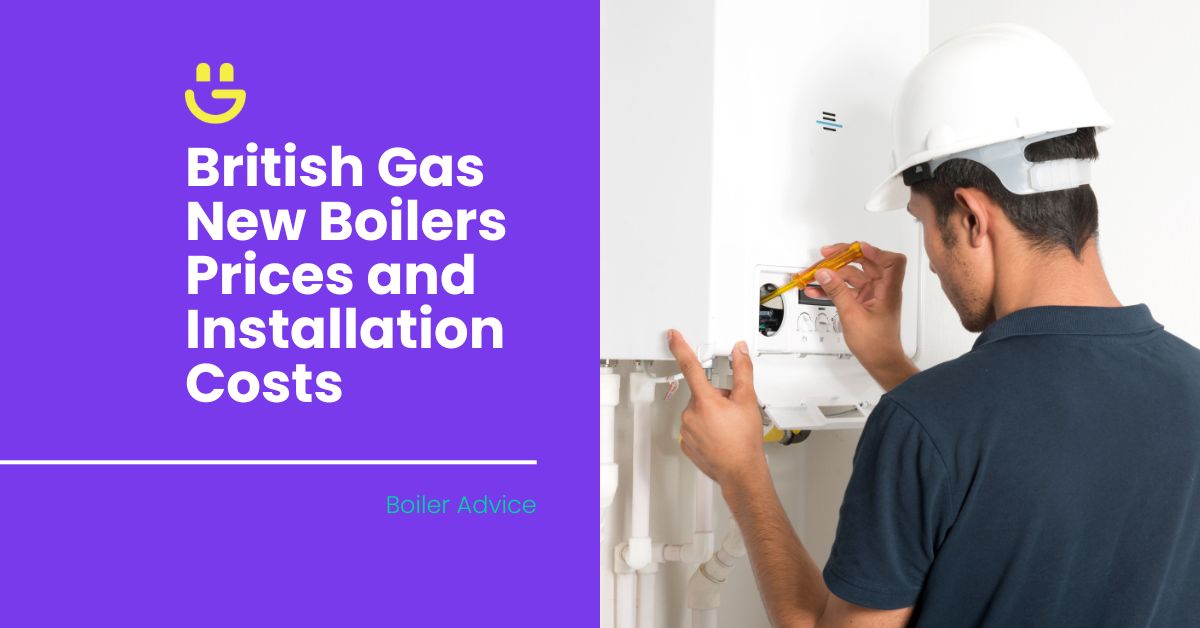
Tom Allen
Solar Expert